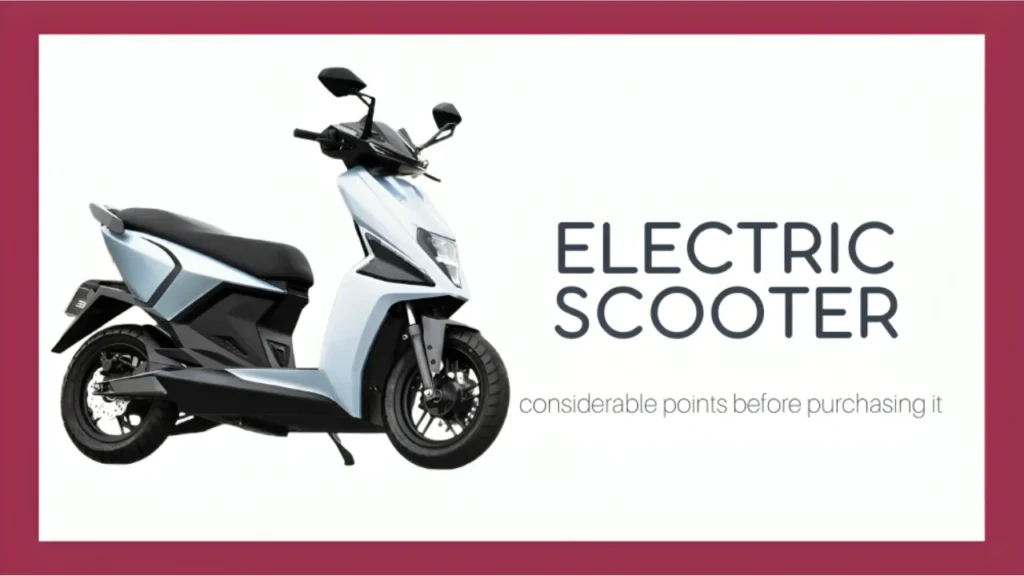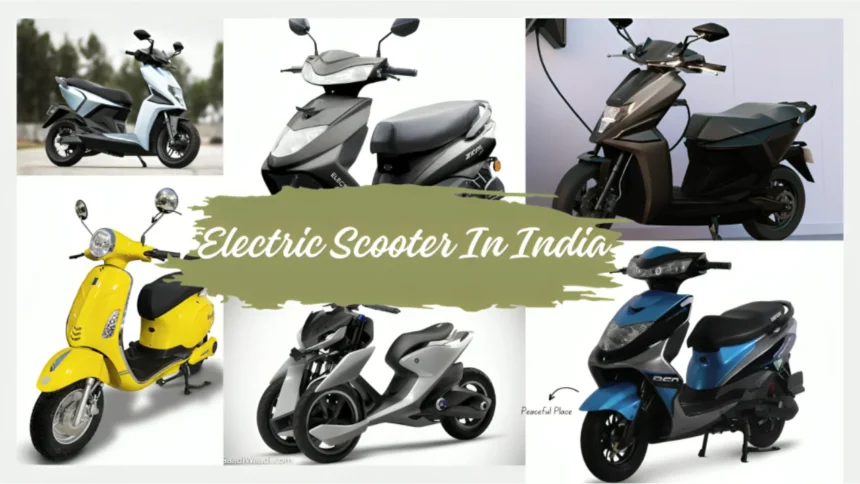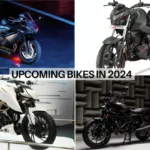Electric Scooter In India: If you’ve decided to invest by buying your first electric Scooter or perhaps you simply can’t stand the fact that our outrageous petrol prices remained the same following the pandemic. Whatever the reason, there are plenty of compelling reasons to buy your first electric car, but there are a few important points to make before.

1. Consider how much range you actually need
People may get concerned about an electric vehicle’s restricted range because they are accustomed to gasoline-powered vehicles that can be refueled almost anywhere and at any time. We can attest that as you become used to EVs, your degree of fear diminishes, having already lived with numerous of them.
It can be useful to keep track of how much running you actually do on a regular basis. It would be wise to invest in an electric vehicle (EV) that can effortlessly cover this distance and yet have a sizable reserve for unplanned short trips. A scooter with a real-world range of 60–70 km, for example, would be more than plenty if your daily commute is 40 km to and from work. Make sure you look for the more exact values that our road test ratings will indicate rather than confusing them with claimed IDC range figures.
Scooters with larger batteries are now substantially more expensive due to the recent reduction in the FAME-2 subsidy; this is one area where spending judiciously can save you a lot of money.
2. Purchase from a reliable, reputed company
In recent years, the Indian EV sector has seen hundreds of players drawn in by the attractive benefits of the FAME-2 subsidy. However, some of those goods were low-quality, low-performance, Chinese-made gadgets that were not designed with our challenging environment in mind. With the potential phase-out of the FAME 2 subsidies, most of these players (at least in the high-speed sector) should start to fade away.
As always, we advise purchasing a high-quality item from any of the top producers now operating, such as TVS, Vida, Bajaj, Ather, and so on. By doing this, you receive a product that is not only highly functional but has also undergone extensive testing and development to ensure long-term performance. Even though you will ultimately spend more, it will be valuable in the long term.
3. Understand how much you will actually save
If saving money is your main reason for purchasing an EV, it’s worthwhile to estimate how long it will take to break even. This computation must be done taking into account the cost of fuel and energy in your area as well as your anticipated daily mileage.
Compared to a similarly capable petrol-powered scooter, the initial buy-in price of an electric vehicle (EV) is significantly greater, but the servicing costs are comparatively insignificant and the cost of “fueling” your EV will be significantly lower. This is particularly valid in light of the reduction in FAME-2 subsidies. For instance, you would wind up paying a lot more for the initial purchase if you were to compare the base pricing of the Suzuki Access 125 (Rs 1.03 lakh, on road, Mumbai) and the TVS iQube (Rs 1.25 lakh, on road, Mumbai).
Regarding the frequently asked question of how long your battery will last, as two-wheeler EVs haven’t been around for that long, the answer is currently uncertain. Nonetheless, based on available statistics, you should anticipate a minimum of seven years of use from well-known products.
4. Consider the other advantages of an EV
The two main draws of purchasing an EV for most individuals are the decreased emissions and operating expenses. But there’s a lot more to be said for a well-built EV. In essence, they are more enjoyable to ride in the city than their gasoline-powered equivalents. In the midst of the chaos and crowds of our large cities, you will rapidly come to adore the silence and total absence of vibration.
The effortless thrust is, above all, a compulsive experience. Cutting through city traffic is an absolute delight with an EV’s outstanding mid-range performance, even when compared to a lively 125cc automated scooter. After using an excellent EV for a while, most scooters with gasoline engines will feel antiquated, noisy, bumpy, and slow.
5. Verify that charging it is simple
Making ensuring you can readily charge your EV is maybe the most crucial part of owning one. This may prove difficult in places like Mumbai where parking spots are few. It is advisable to confirm whether running a powerline down to your parking place is allowed by your society before making a purchase, even if you do have the benefit of covered parking.
Some businesses have guaranteed public quick charging, and Ola is one of them. It might be prudent, though, to think about using this relatively infrequently rather than depending on it to power your scooter. Although these services are currently free, that won’t last forever, and as the number of EVs on the road rises, they will also become rather congested.
You might be tempted to think that you could just bring the battery up to your flat to charge it because many EVs also come with detachable batteries. Once more, it’s advisable to reserve using this for special occasions. This is because, depending on the different scooters we have tried thus far, such batteries can weigh anywhere from 7 kg to 25 kg. It is possible to transport such a large battery occasionally, but doing it on a daily basis can get very tiresome.
For More Related Posts:








